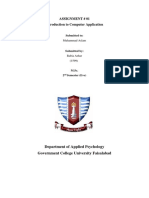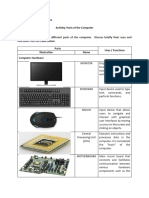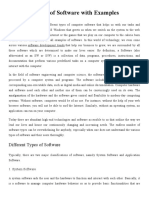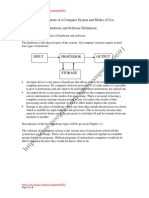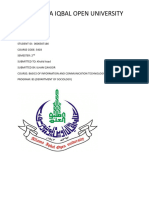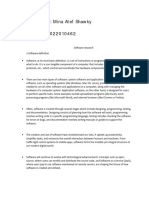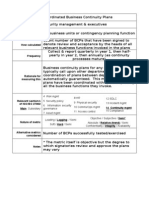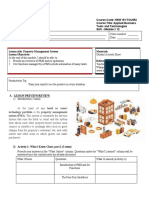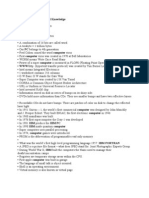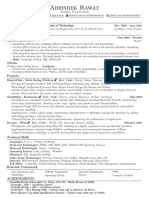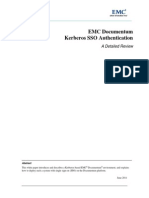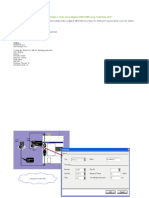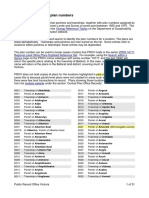0% found this document useful (0 votes)
7 views55 pagesTLE 8 Week 1 Part 1
The document outlines various tools and equipment used in Information and Communication Technology (ICT), including common tools for computer programming, computer systems servicing, visual arts, and telecommunications. It also distinguishes between different types of software, specifically application software, system software, driver software, middleware, and programming software. Each category is accompanied by examples of tools and software relevant to their respective fields.
Uploaded by
julianbrent747Copyright
© © All Rights Reserved
We take content rights seriously. If you suspect this is your content, claim it here.
Available Formats
Download as PDF, TXT or read online on Scribd
0% found this document useful (0 votes)
7 views55 pagesTLE 8 Week 1 Part 1
The document outlines various tools and equipment used in Information and Communication Technology (ICT), including common tools for computer programming, computer systems servicing, visual arts, and telecommunications. It also distinguishes between different types of software, specifically application software, system software, driver software, middleware, and programming software. Each category is accompanied by examples of tools and software relevant to their respective fields.
Uploaded by
julianbrent747Copyright
© © All Rights Reserved
We take content rights seriously. If you suspect this is your content, claim it here.
Available Formats
Download as PDF, TXT or read online on Scribd
/ 55


































